Analysis of Milk Digestion, Absorption, and Metabolic Processes
VerifiedAdded on 2022/09/16
|10
|877
|22
Report
AI Summary
This report provides a comprehensive overview of the digestion, absorption, and metabolism of milk. It begins by highlighting milk's nutritional composition, including macro-elements like calcium and micro-elements like iron, as well as key macronutrients (lactose) and micronutrients (Vitamin D and Vitamin B12). The report details the digestive process, starting from the oral cavity and proceeding through the stomach and small intestine, emphasizing the role of enzymes and gastric juices. It further explores the absorption of nutrients into the bloodstream and the elimination of undigested matter. Specific attention is given to the functions of Vitamin B12 in the nervous system and blood cell production, and Vitamin D in calcium and phosphorus regulation. The report concludes with a summary of milk's nutrient profile and the importance of digestion and absorption processes, referencing relevant scientific literature.
1 out of 10
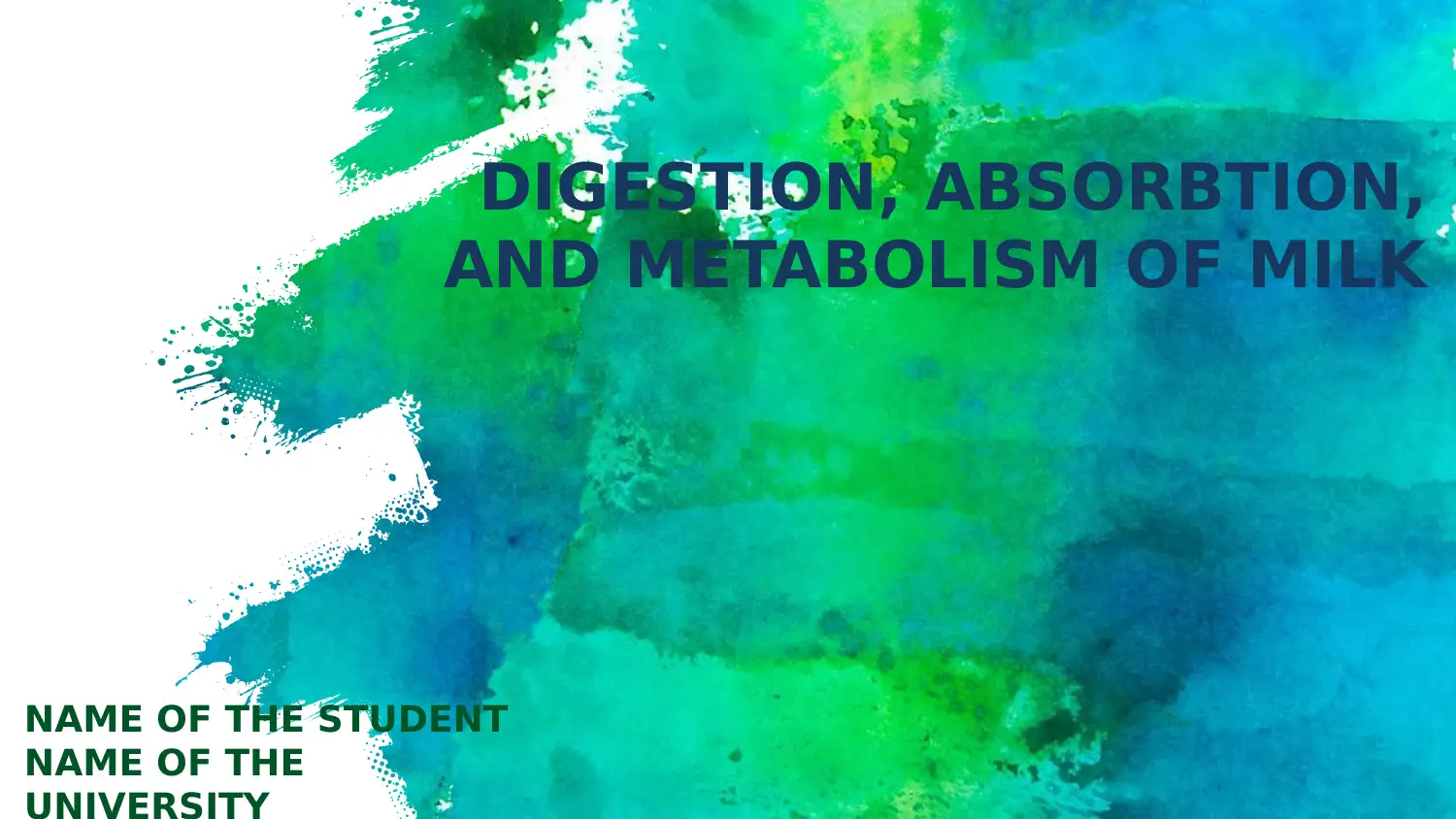
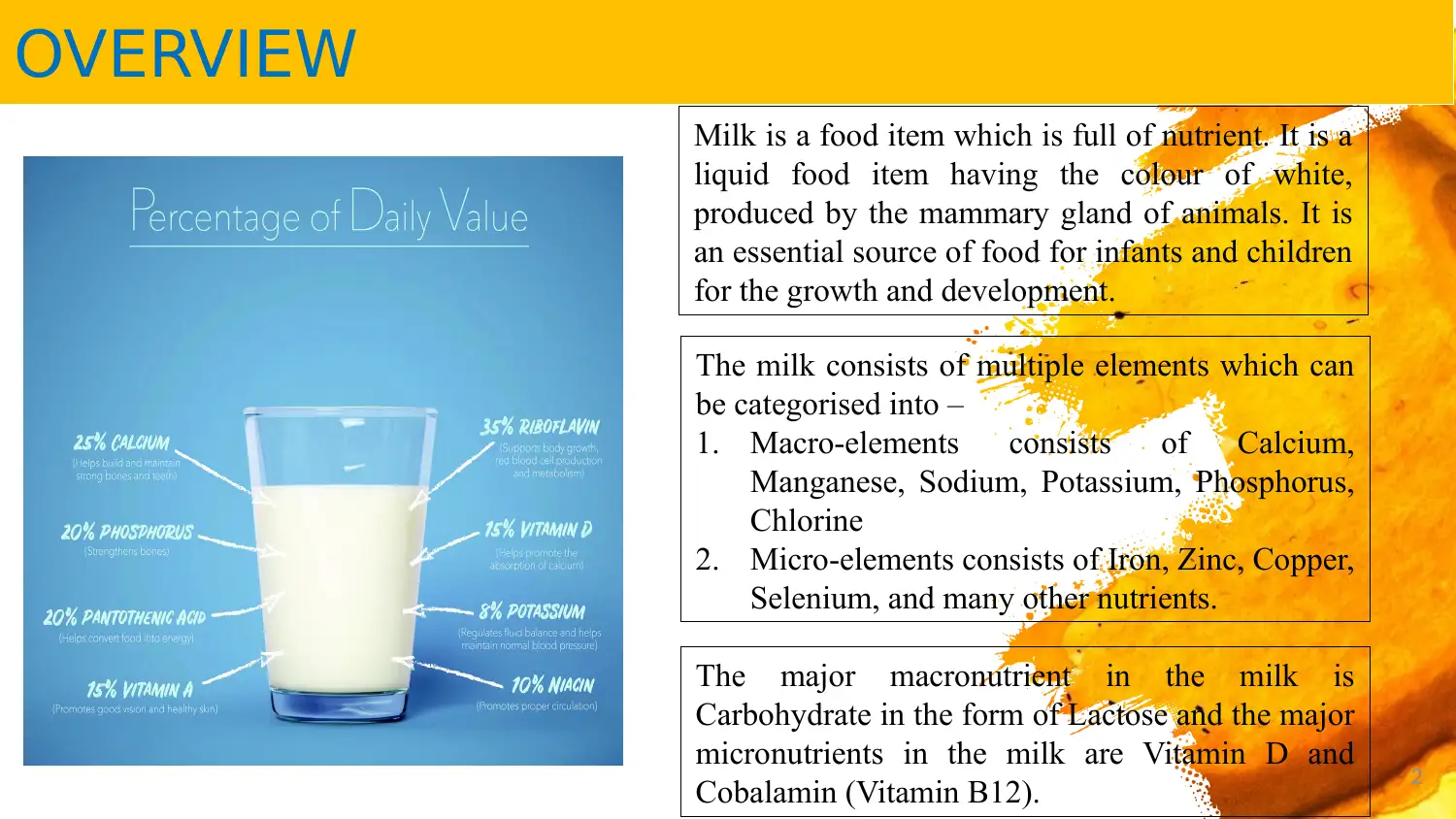
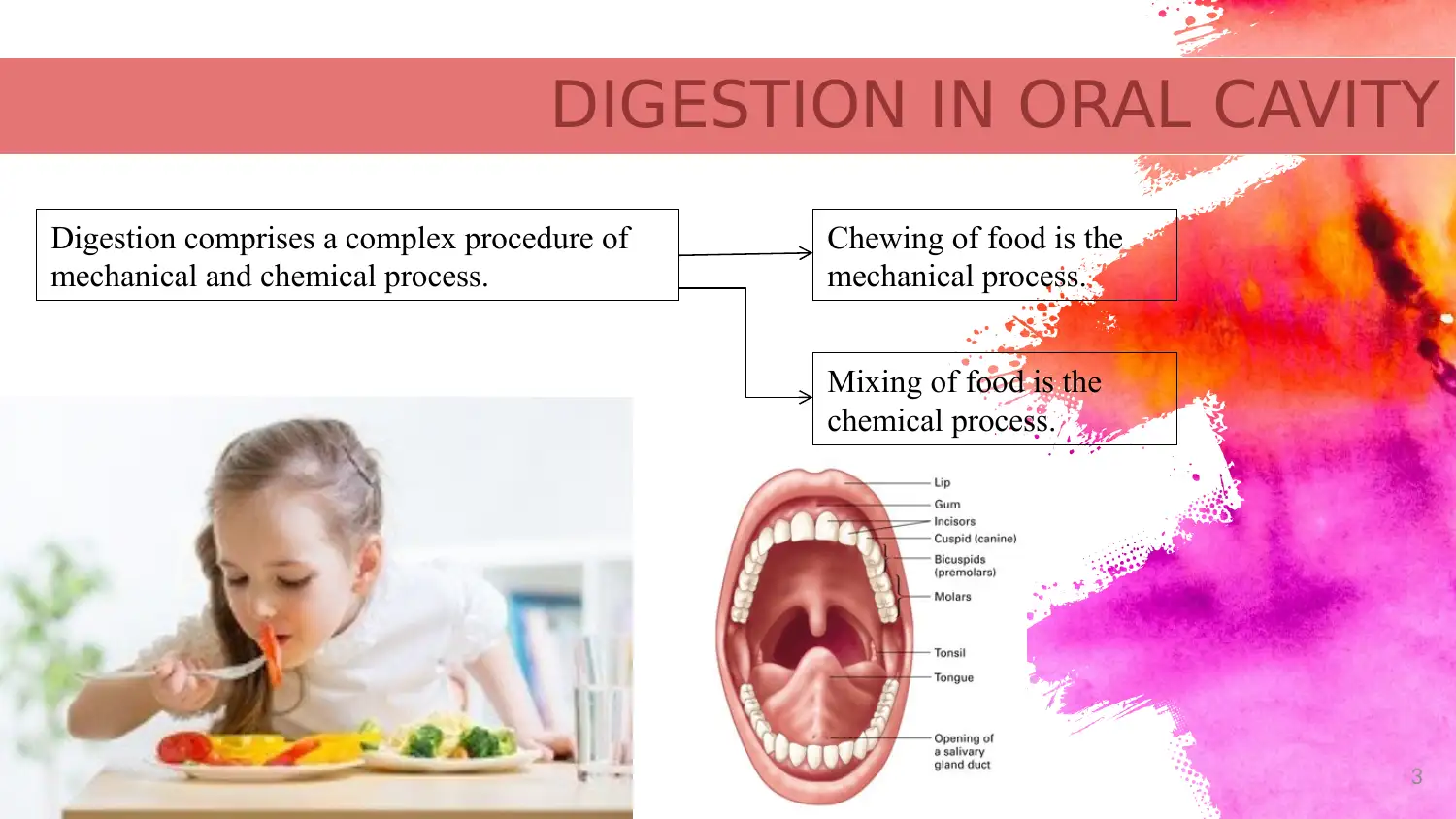

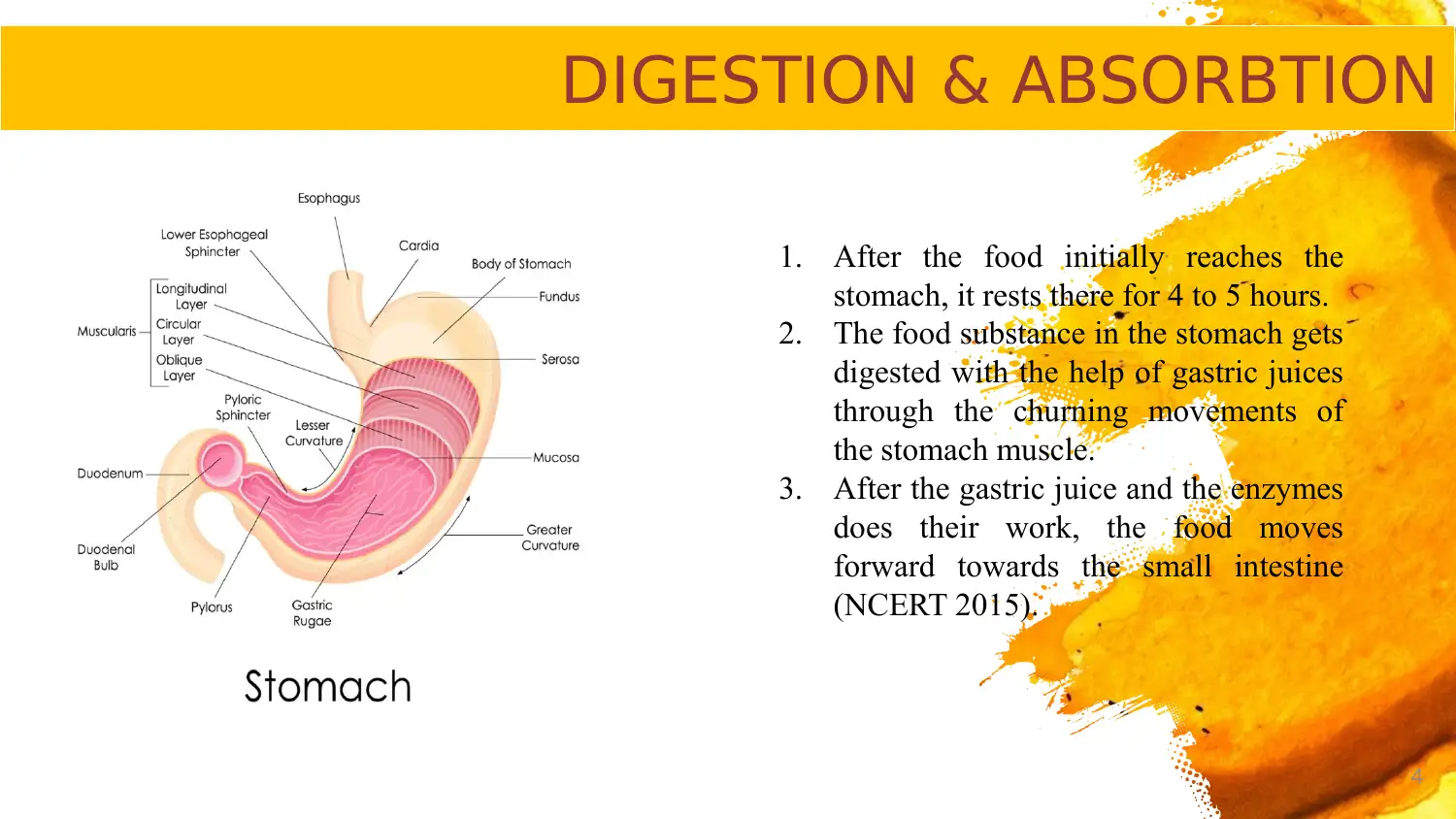
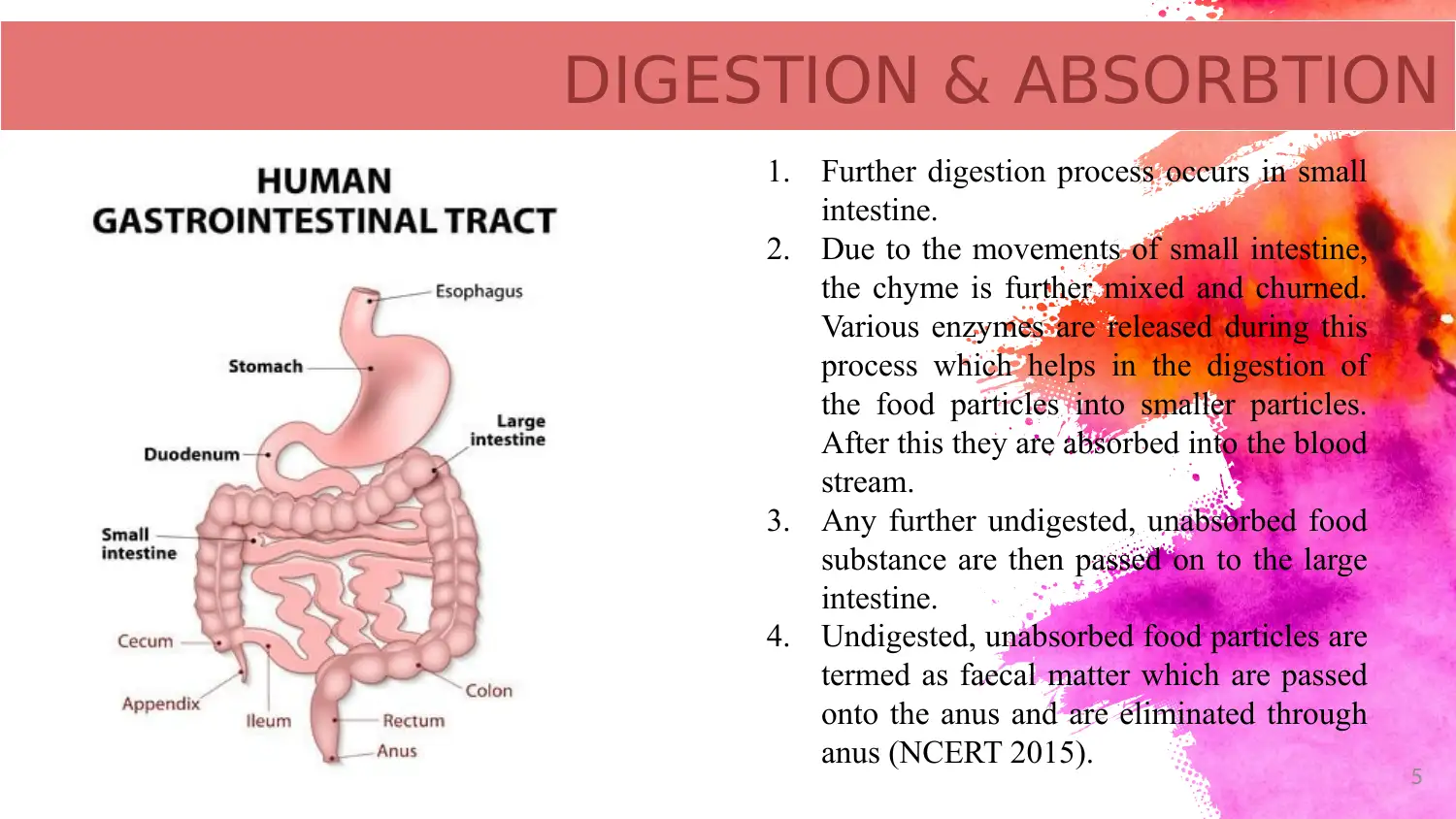
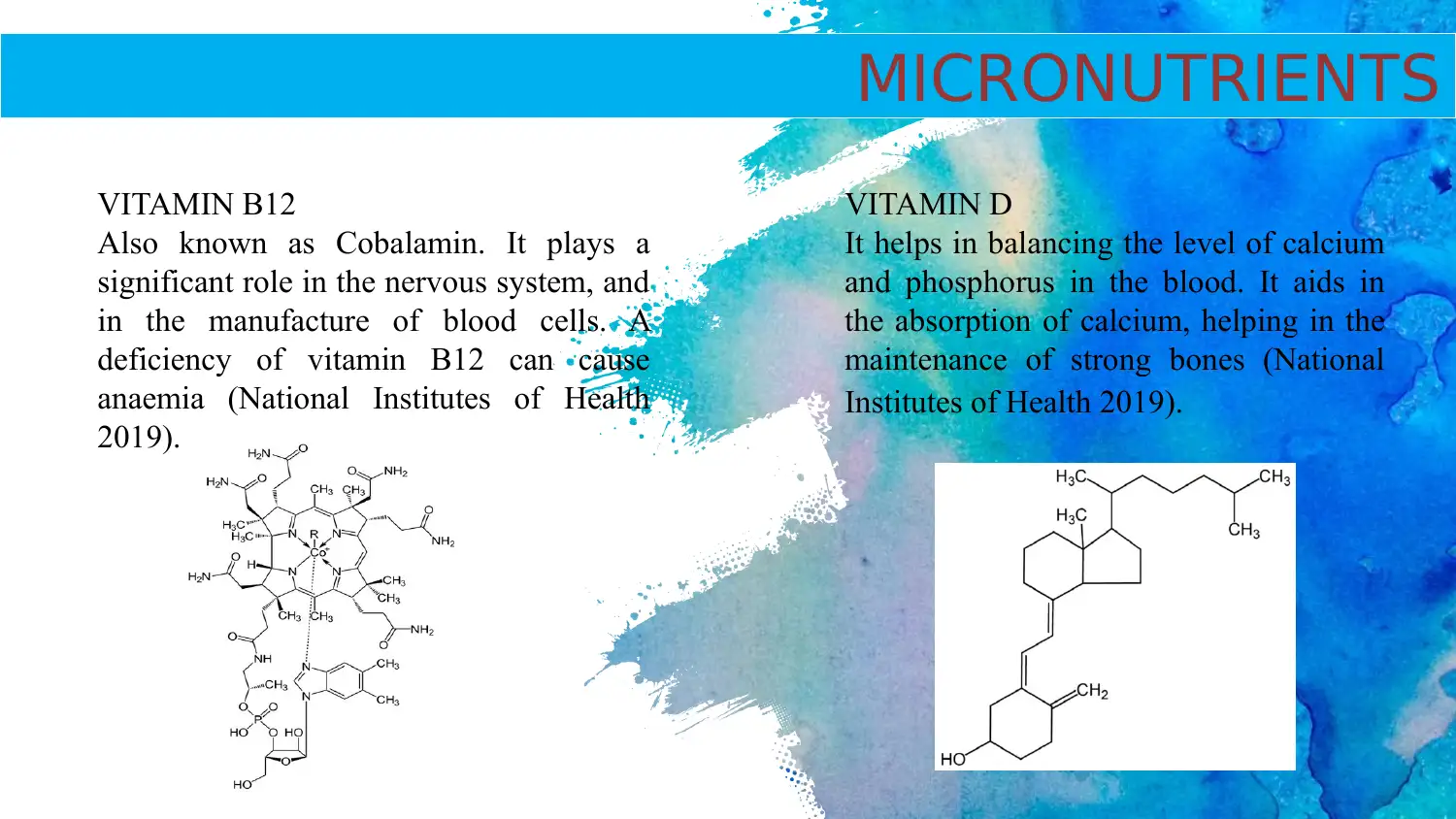
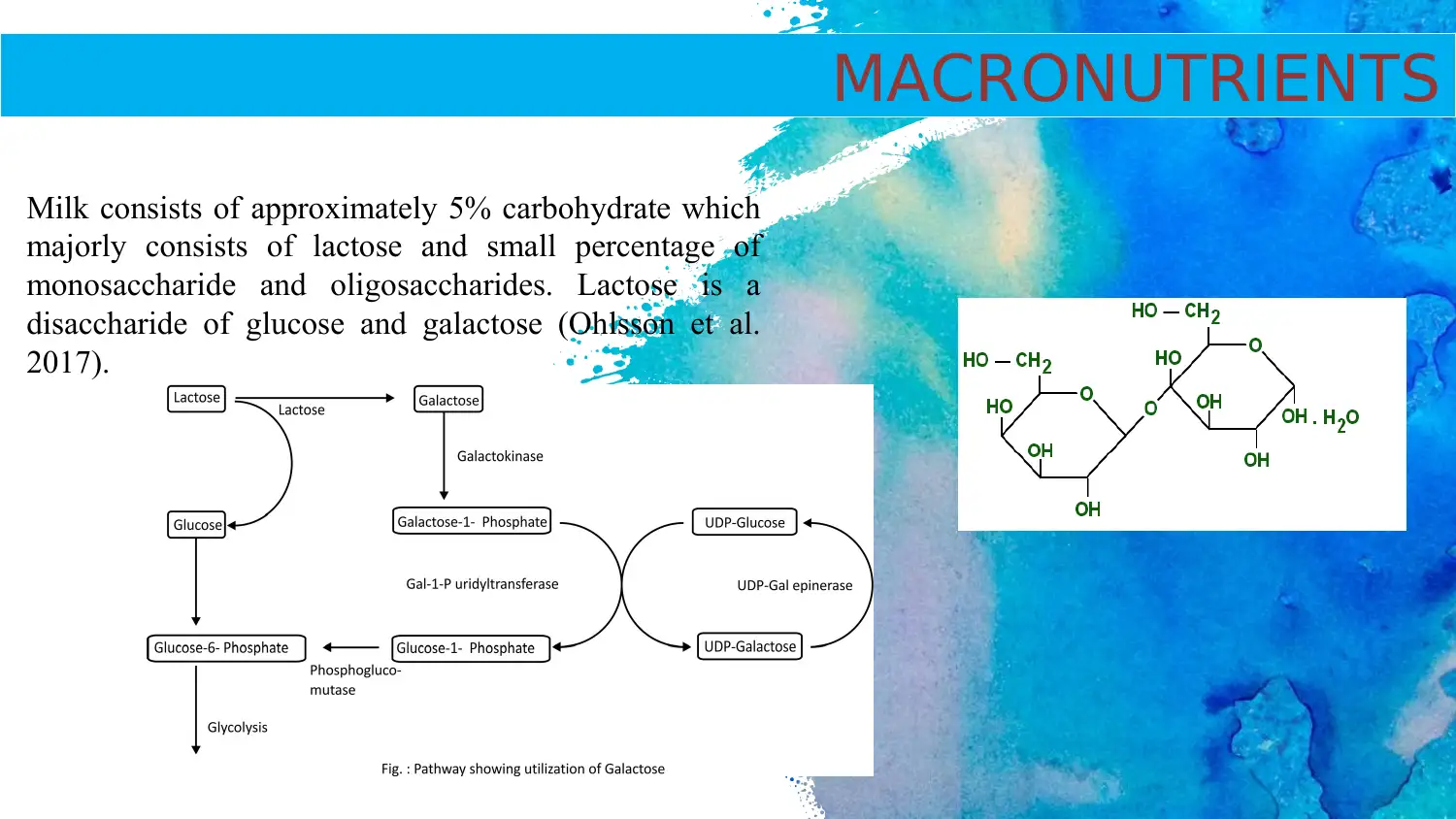
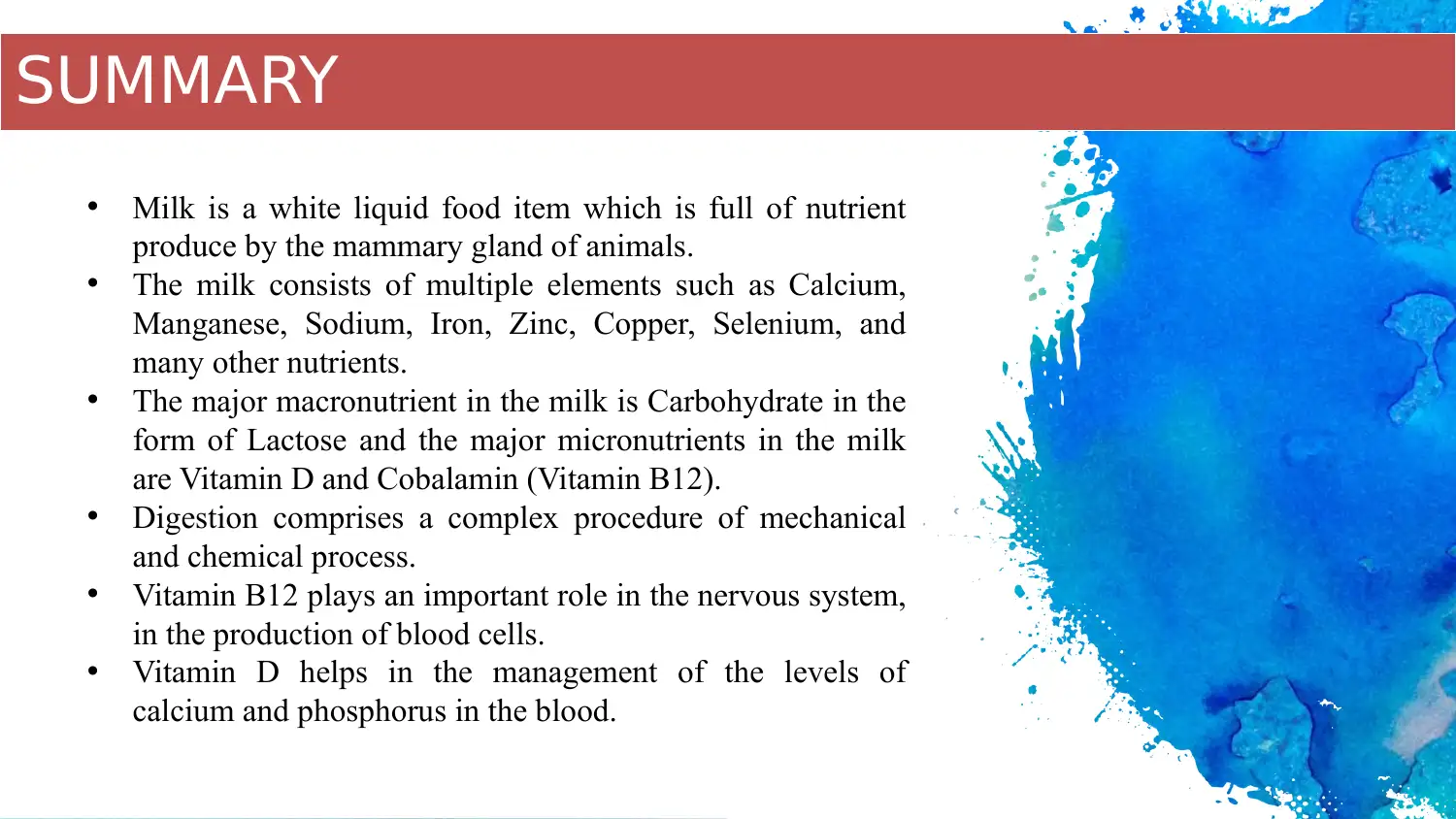
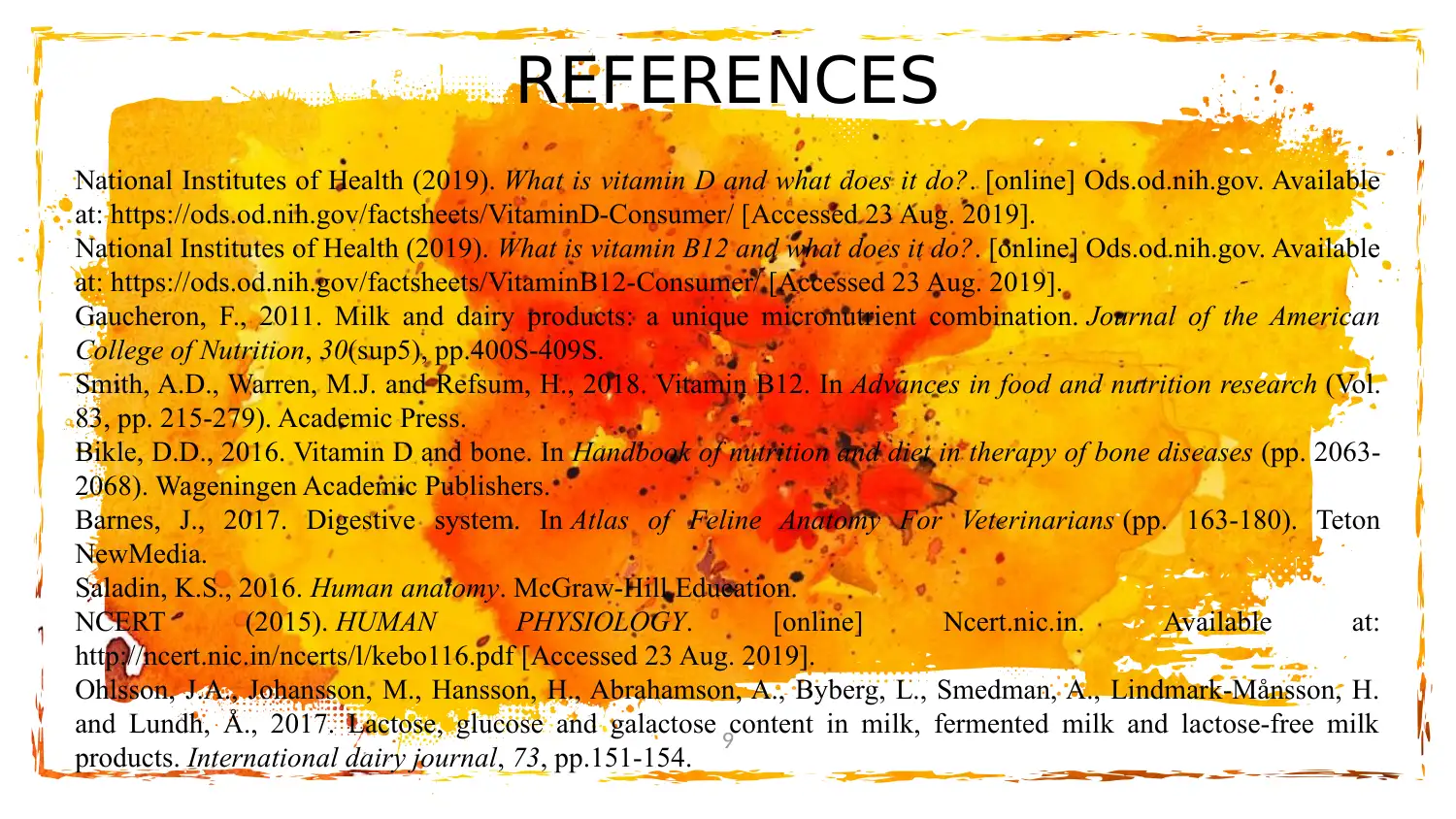
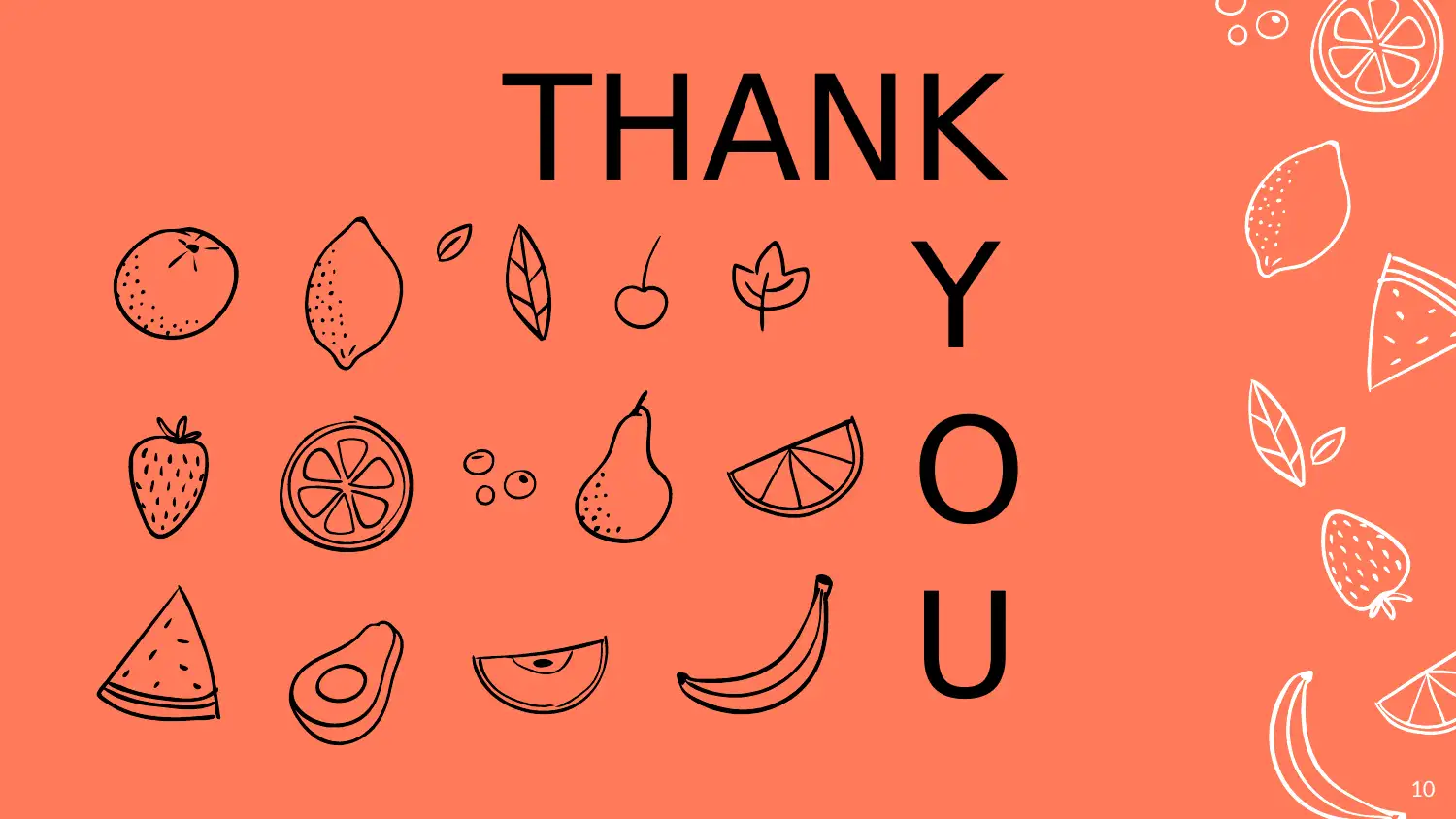
![[object Object]](/_next/static/media/star-bottom.7253800d.svg)